La Storia di Palazzo de Gregorio
La creazione di Palazzo De Gregorio al Molo è legata al processo di costruzione e di sviluppo del contesto dell’area portuale extraurbana di Palermo, nata in seguito al cinquecentesco Molo Nuovo, costruito a partire dal 1567.
La Storia
The History: Palazzo al Molo


Over the centuries, the monumental complex of Palazzo De Gregorio has undergone numerous transformations, including a notable refurbishment of the main façade in 1865. The De Gregorio family commissioned the work from the Vicentine architect Caregaro Negrin, who executed a design in pure neoclassical style. The palace is organized around an internal courtyard, adorned with a rocaille-style fountain, from which the various rooms and noble salons
branch off.
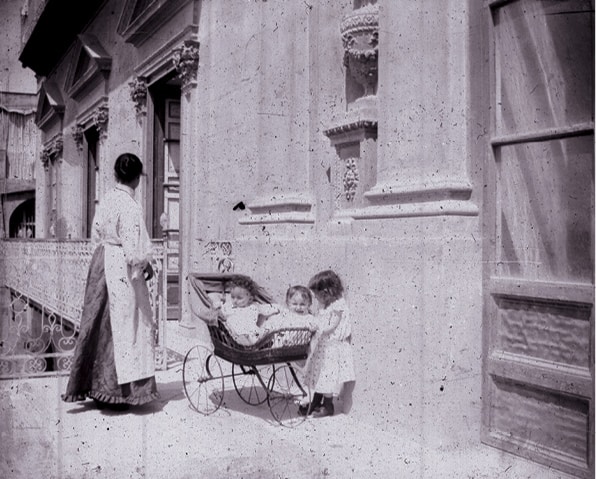
On the southern side of the main floor is the ballroom, characterized by a ceiling frescoed and decorated with highrelief stucco work; adjacent to the ballroom is the ancient chapel used for religious services by the building’s patrons. On the western side, there is a tower, erected in 1868 by Marquis Camillo De Gregorio, which was used for exchanging signals via flags with a twin turret at Villa dei Petrazzi, to communicate the sighting of game nearby.
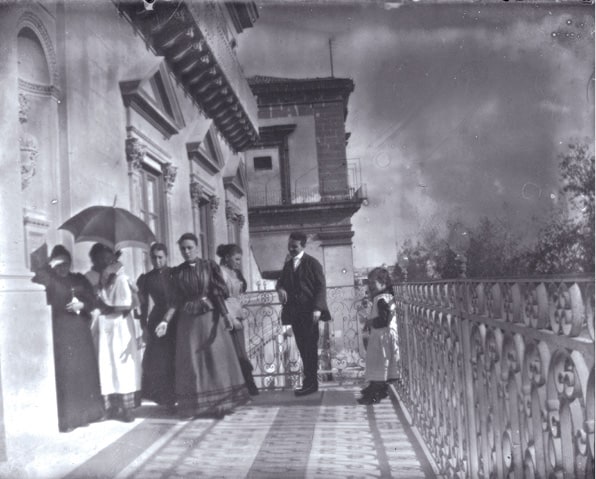
The recent development of the shipyard near Palazzo De Gregorio represents an intriguing synergy between historical heritage and industrial innovation. This connection between the new and the old offers visitors a dual perspective: a glimpse into the industrial and technological future of the area and a link to the glorious past of the palace, making each visit a unique and comprehensive experience.
History and Culture
A Meeting of Great Personalities
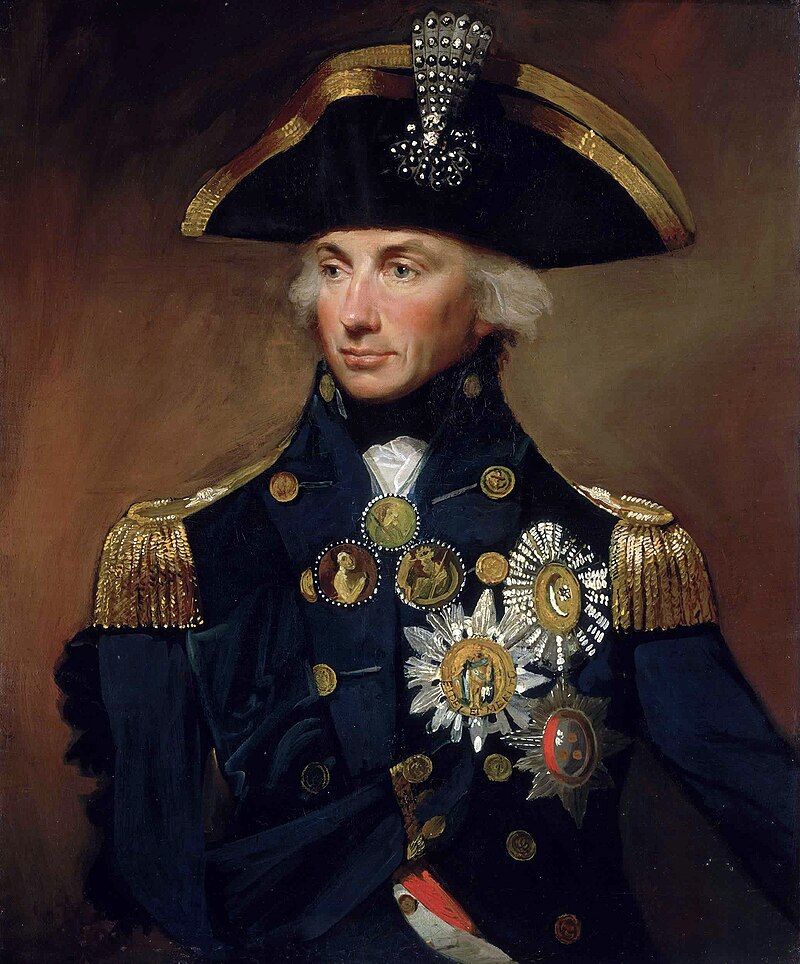
Over time, Palazzo De Gregorio has established itself as a meeting place for many illustrious and influential personalities. Among the notable guests are Lord Nelson and Lady Hamilton, emblematic figures of the Napoleonic era, the Chapel Master Benedetto Baldi, and the famous composer Richard Wagner. Wagner, in particular, was a frequent visitor to the palace’s salons during the composition of his renowned opera “Parsifal,” where he engaged with Marquis Antonio De Gregorio Brunaccini (1855-1930) and Paolo Lioy, a renowned scientist from Vicenza
The presence of these figures has helped to create an environment rich in cultural dialogue and intellectual exchange. Moreover, the visit by the King of Sweden a few years ago, a passionate admirer of Lord Nelson, has further solidified Palazzo De Gregorio’s reputation as a cultural attraction. His passion for Nelson led him to visit the palace to deepen his knowledge and admiration of the famous British admiral, immersing himself in the historical atmosphere that only a place like Palazzo De Gregorio can offer
This continuous flow of artists and historical personalities has transformed Palazzo De Gregorio into a kind of “memory box,” a living repository of stories and memories that we today preserve as a precious witness to a society and an era. By carefully preserving the historicity, tradition, and culture of the place, Palazzo De Gregorio stands as a unique exemplar of its kind.
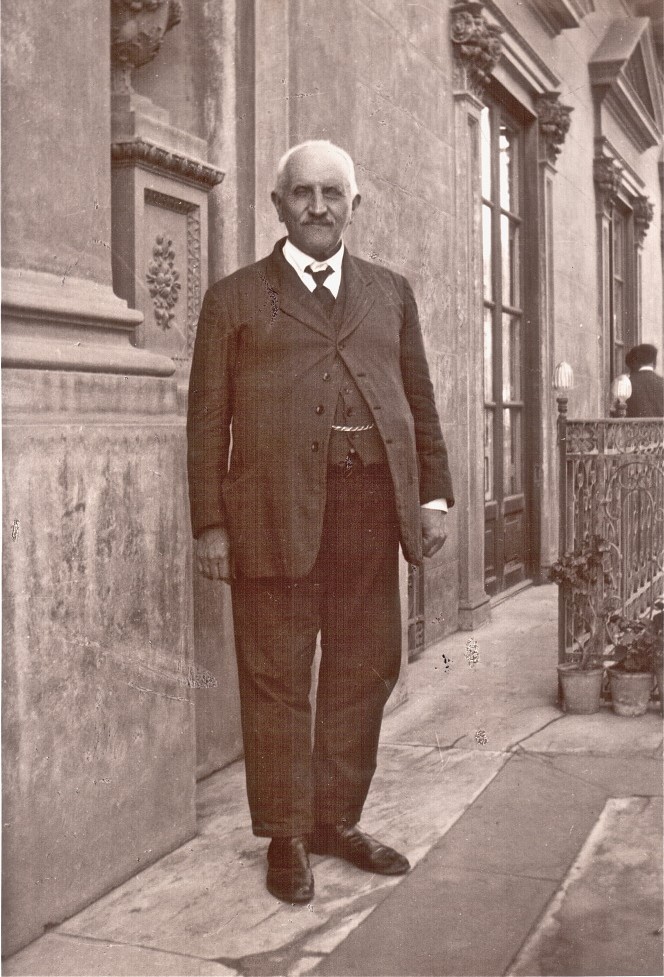
La Famiglia De Gregorio
The De Gregorio Family
The origins of the de Gregorio family can be traced back to the year 912, during which Onofrio, Lord of Bolzano and founder of the de Gregorio dynasty, fought and won alongside Arnulf of Bavaria in the war against Emperor Conrad I (912-916). Gregorio of Bolzano, Baron of the Holy Roman Empire and a member of the Saxon dynasty, decreed in his will that his surname be changed to his first name. His son, Giovanni De Gregorio, distinguished himself with a significant victory over Rudolf in favor of Henry IV (the same Henry IV famous for the Synod of Canossa), earning the right to govern the city of Cologne for life. In the main church of Cologne, his tomb is beautifully decorated with the family’s coat of arms.
Ruolo e Influenza
Famiglia De Gregorio Storia e Eredità
La famiglia De Gregorio arrivò in Italia con l’entourage di Federico Barbarossa, stabilendosi in Sicilia tra il 1152 e il 1190. Da allora, molti membri della famiglia si sono distinti in vari ambiti come la politica, la guerra e le arti. Alcuni dei membri più notevoli includono:


Passaggi 01
Andrea De Gregorio, che fu consigliere di Stato di Carlo VIII Re di Francia, partecipando alla conquista del Regno di Napoli nel 1493.

Passaggi 02
Pietro De Gregorio, che ricoprì il ruolo di Vicario Generale del Regno di Sicilia e fu ambasciatore presso l'Imperatore Carlo V nel 1521.

Passaggi 03
Don Pietro Giovanni De Gregorio, Tesoriere Generale del Regno di Sicilia nel 1566.

Passaggi 04
Don Pietro, presidente della Corte di Giustizia di Palermo, chiamato a Madrid come Reggente del Supremo Consiglio d'Italia nel 1650.

Passaggi 05
Tommaso De Gregorio, che fu Cavaliere di Malta e Priore di Venezia nel 1618.

Passaggi 06
Leopoldo De Gregorio, noto come il Marchese di Squillaci, che servì come Vicerè delle Due Sicilie e primo ministro sotto re Carlo III di Spagna nel 1753.

Passaggi 07
I religiosi Giovanni ed Emanuele, menzionati anche da Massimo d’Azeglio per essere stati al fianco di Papa Pio VII durante il suo trasporto in catene in Francia.

Passaggi 08
Camillo De Gregorio, che, in qualità di Regio Secreto, insieme al Vicerè Domenico Caracciolo, abolì l'Inquisizione in Sicilia nel 1792.

Passaggi 09
Emanuele de Gregorio, cardinale che fu considerato per il soglio pontificio nel 1829 e nel 1830.

Passaggi 10
Antonio De Gregorio, un illustre geologo e paleontologo che scrisse ben 630 opere nel corso della sua vita fino al 1930.
The De Gregorio Family in Italy
The De Gregorio family arrived in Italy with the entourage of Frederick Barbarossa, settling in Sicily between 1152 and 1190. Since then, many family members have distinguished themselves in various fields such as politics, warfare, and the arts. Some of the most notable members include:
- Andrea De Gregorio, who served as a State Advisor to Charles VIII, King of France, participating in the conquest of the Kingdom of Naples in 1493
- Pietro De Gregorio, who held the position of General Vicar of the Kingdom of Sicily and served as ambassador to Emperor Charles V in 1521.
- Don Pietro Giovanni De Gregorio, General Treasurer of the Kingdom of Sicily in 1566.
- Don Pietro, president of the Court of Justice of Palermo, called to Madrid as Regent of the Supreme Council of Italy in 1650.
- Tommaso De Gregorio, who was a Knight of Malta and Prior of Venice in 1618.
- Leopoldo De Gregorio, known as the Marquis of Squillaci, who served as Viceroy of the Two Sicilies and prime minister under King Charles III of Spain in 1753.
- Giovanni and Emanuele, clergymen mentioned by Massimo d’Azeglio for having been by the side of Pope Pius VII during his transport in chains to France.
- Camillo De Gregorio, who, as Royal Secretary along with Viceroy Domenico Caracciolo, abolished the Inquisition in Sicily in 1792.
- Emanuele De Gregorio, a cardinal who was considered for the papal throne in 1829 and 1830
- Antonio De Gregorio, a distinguished geologist and paleontologist who authored over 630 works throughout his life until 1930.
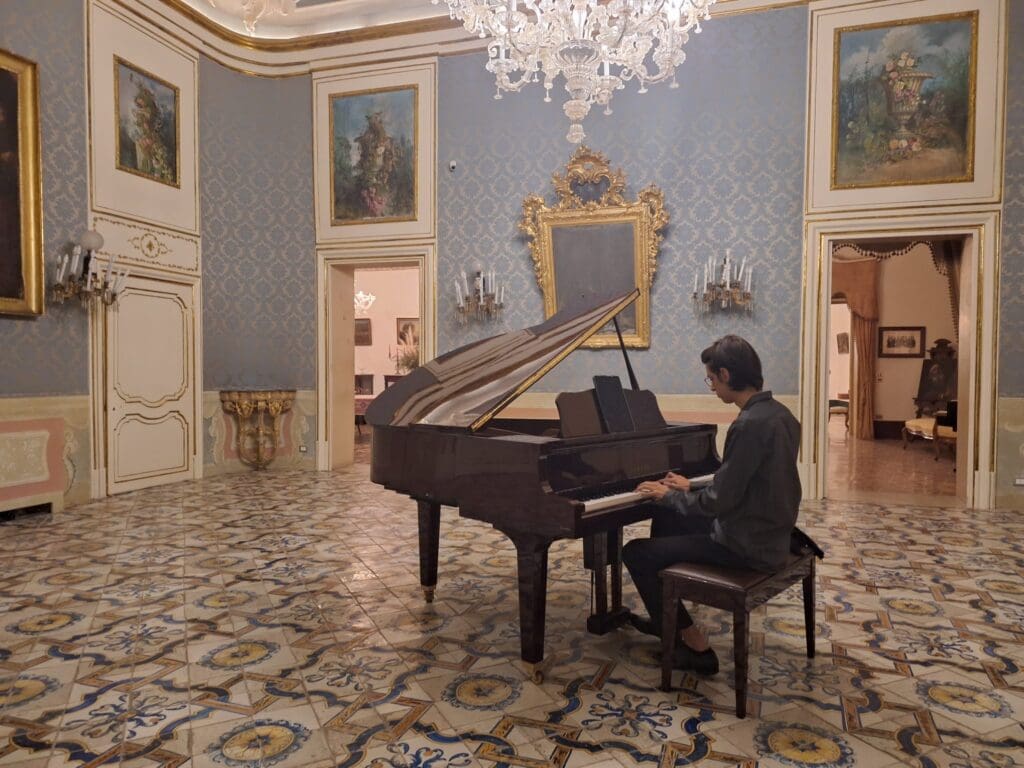
De Gregorio Family Tradition: Titles and Roles
Since the year 1500, the eldest male child of the De Gregorio family of Palermo has traditionally been named Antonio or Camillo. Currently, an Antonio De Gregorio, Prince of San Teodoro, Marquis of the Royal Park, Lord of the Land of San Teodoro, and Baron of San Basilio, resides in and owns the palace.
